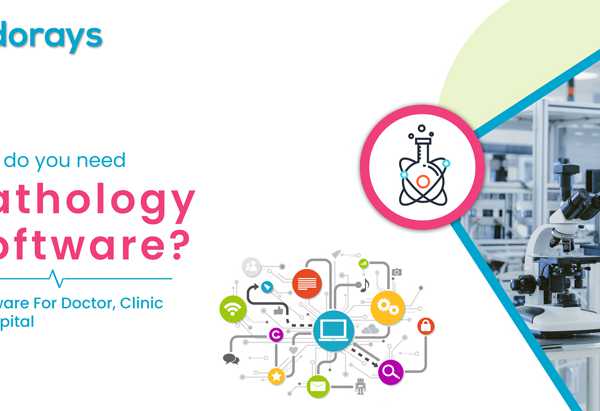The field of digital pathology is booming, but not everyone is sold on its benefits. For example, some pathologists claim that digital slides will never look as good as those on glass slides and that they take more time to navigate. In order to convince pathologists of the benefits of digital slides, Mailhot recommends demonstrating them on a high-resolution screen using an advanced system. It’s also helpful to work with your IT department to show them how good the images are.

Future of Digital Pathology
Artificial intelligence
Artificial intelligence in digital pathology is a promising technology with a number of promising applications. However, it must be properly validated before being adopted into clinical practice. This requires standardization of processes, validation datasets, and regulatory approval. The use of AI in digital pathology requires a roadmap for developers and clinicians to follow in order to see benefits.
In the future, pathologists will have the ability to access data quickly, which will increase their efficiency when diagnosing a patient. While the technology has numerous short-term benefits, it has the potential to have major long-term implications for pathology groups. The Mayo Clinic, for example, has begun digitizing 25 million tissue samples. Some of these samples are more than 100 years old. Ultimately, it hopes to digitize five million slides within three years.
Challenges
Digital pathology is a technology that can make the diagnosis process more efficient and faster. It uses machine learning and artificial intelligence (AI) to detect diseases, ailments, and symptoms. This allows doctors and scientists to develop better treatment pathways and achieve better patient outcomes. The data generated by digital pathology can be stored on a distributed platform and processed in a matter of seconds, allowing for rapid diagnosis.
However, there are many challenges associated with digital pathology. The biggest challenge is long-term storage of high-resolution images and the high costs associated with security, privacy, and auditability. But despite these challenges, digital pathology is already a highly effective practice and is set to revolutionise the field of pathology.
Potential
There is tremendous potential for digital pathology to improve patient care and patient outcomes. This revolutionary technology is modeled on the evolution of digital radiology, and will provide clinicians with the ability to view all images digitally, including frozen sections. The technology will improve ergonomics, eliminate the need for slides, and offer higher power settings for better visualization. It is already being used at some hospitals in the United States, including the University Hospitals Cleveland Medical Center.
Several new companies are entering the digital pathology market. For example, Roche recently unveiled a new high-speed digital pathology scanner. This system represents a major step in the transition to fully automated systems. Still, adoption of digital pathology remains slow.
Resources
The use of digital pathology tools and resources can be beneficial for many reasons. These tools can help pathologists improve diagnostic quality and workflow, organize large volumes of data, and enhance cross-specialty communications. They can also streamline processes and increase efficiency. They can also help pathologists create a more enjoyable work environment, and prepare them for the future of diagnosis.
The use of digital pathology tools and resources is gaining momentum in hospitals. However, there are still many barriers and challenges that prevent widespread adoption. Many of these challenges are related to regulations, reimbursement, and a lack of evidence regarding cost savings. However, recent events have brought new momentum to the adoption of these technologies.







Leave a Comment